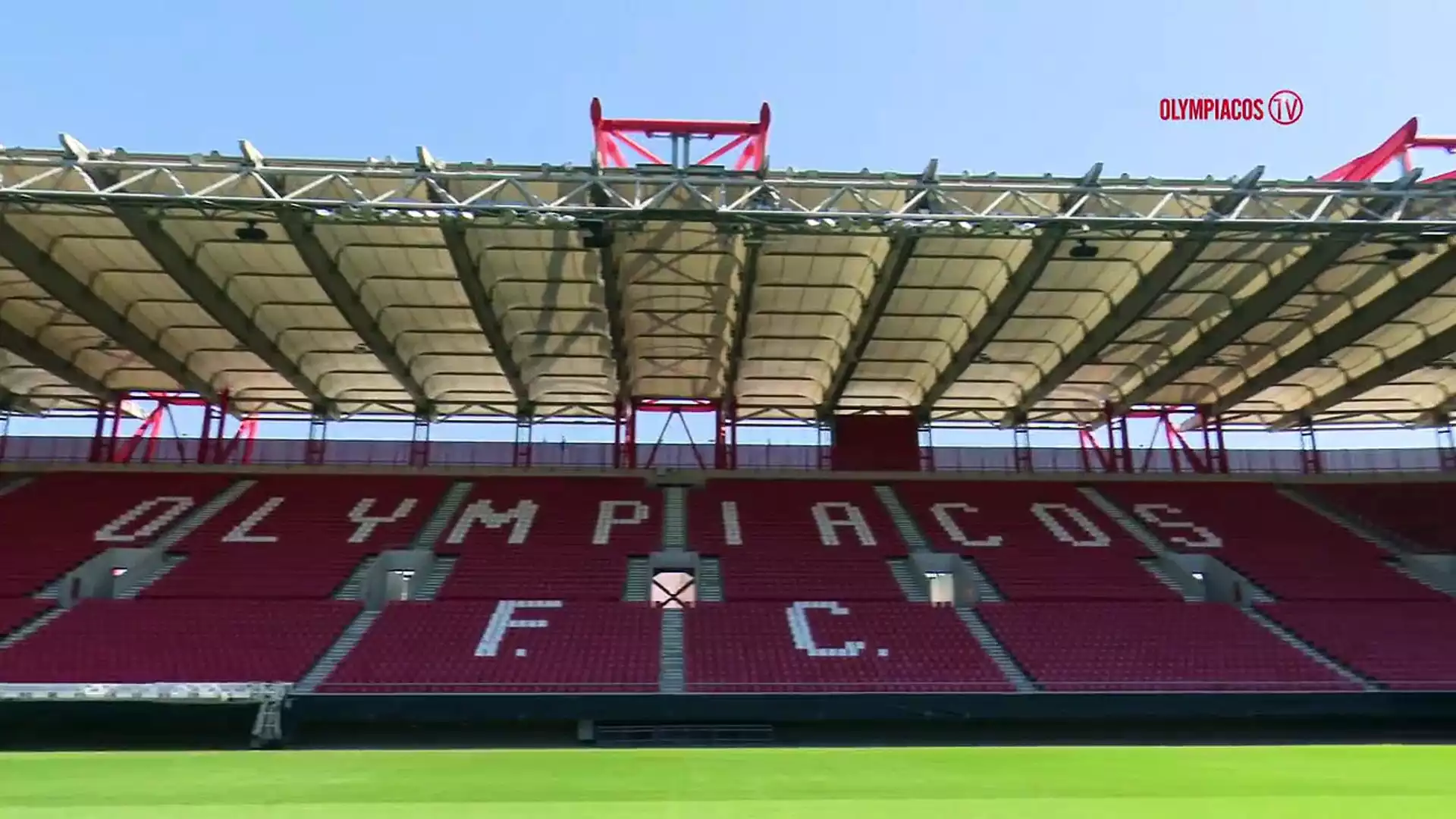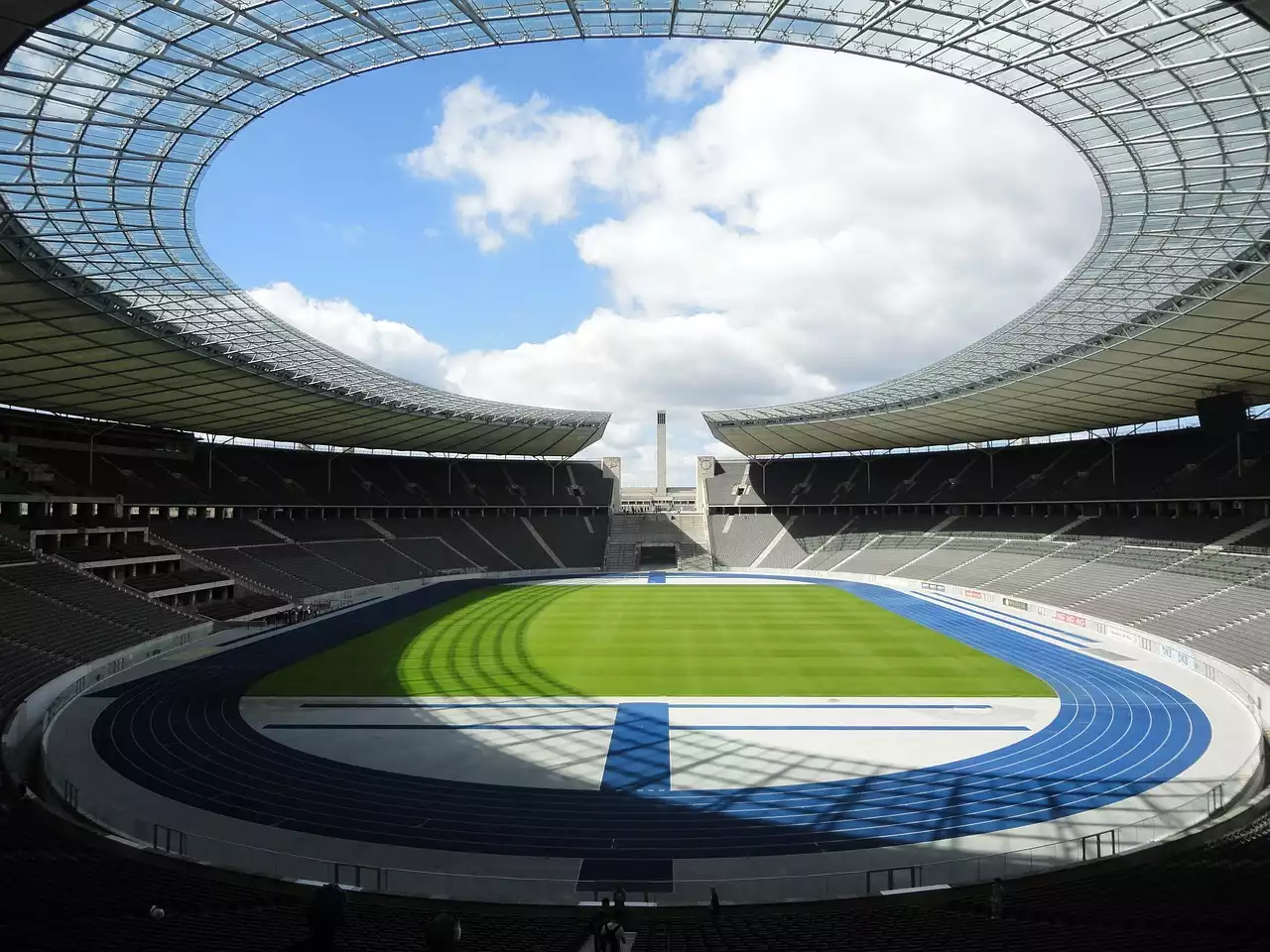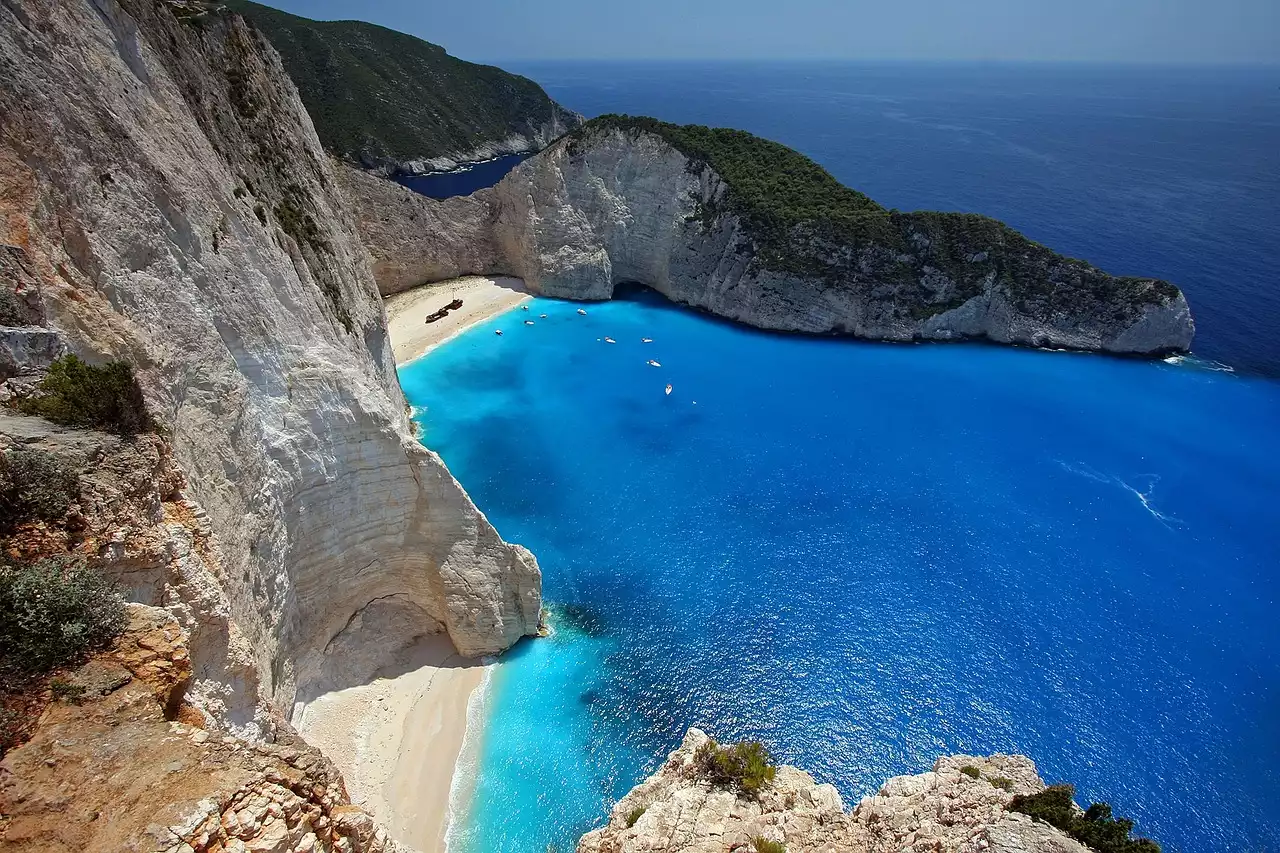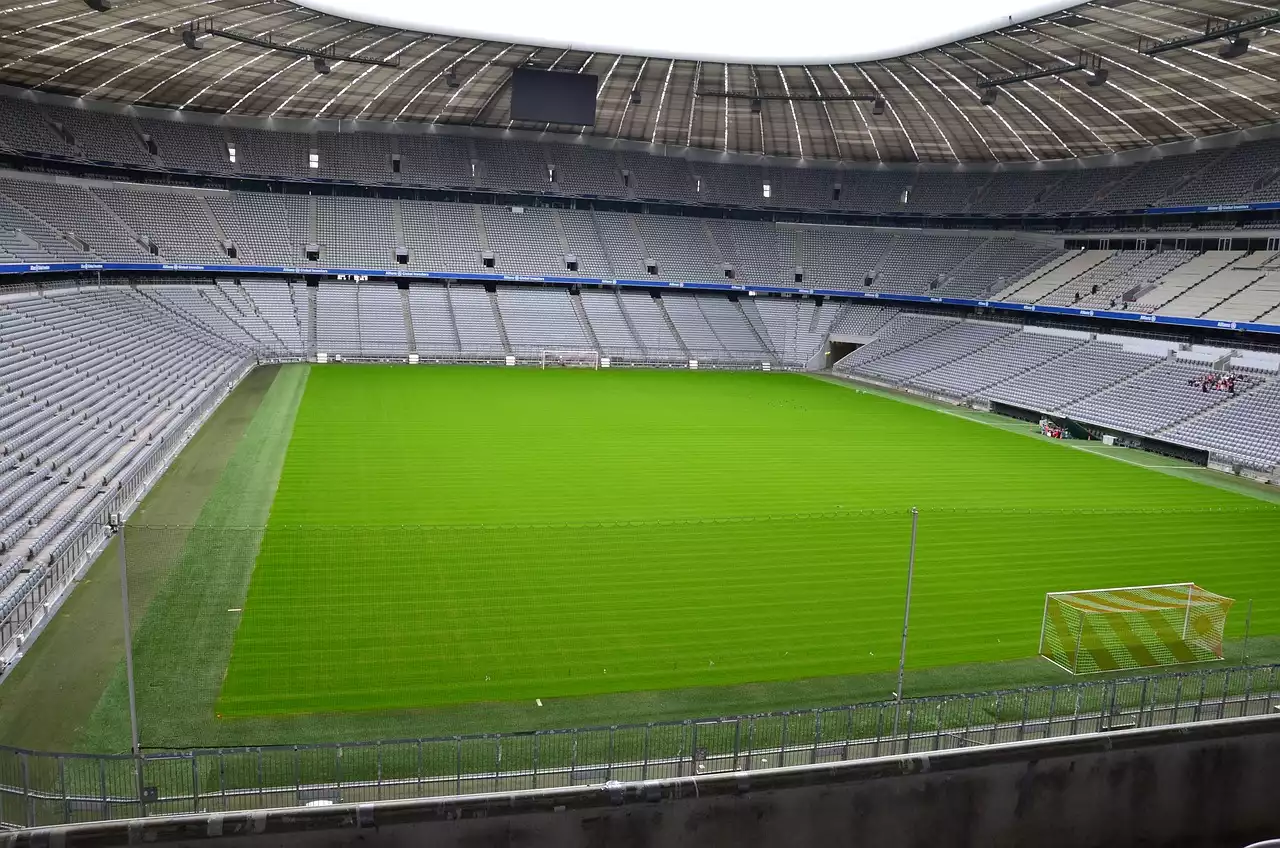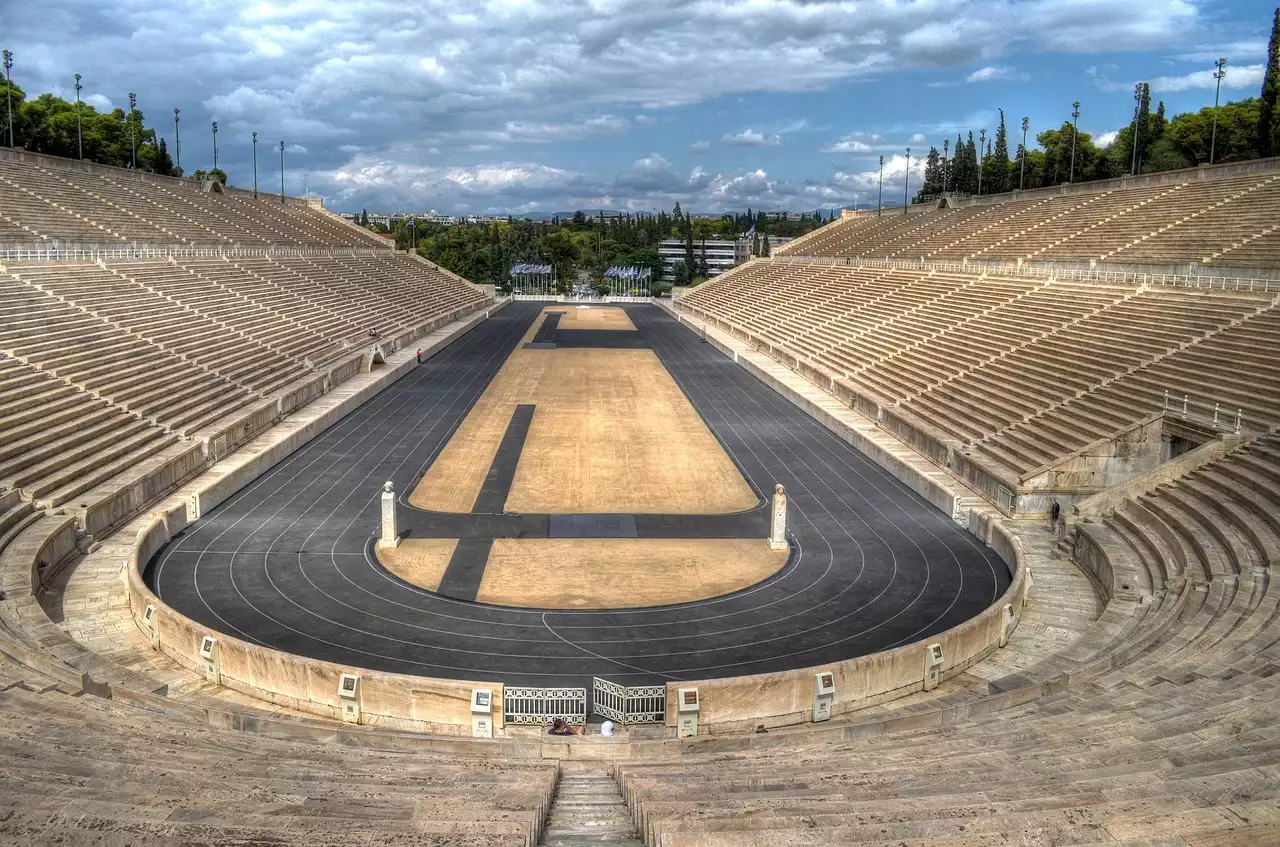Architectural features of Greek Super League 1 stadiums
Greek Super League 1 stadiums are renowned for their striking architectural features that set them apart from stadiums around the world. These stadiums showcase a harmonious blend of modern design principles and traditional Greek aesthetics. The use of natural materials such as stone and marble creates a sense of timelessness, while modern elements like steel and glass add a contemporary touch. The stadiums are designed to maximize the spectator experience, with optimal views of the pitch and comfortable seating arrangements. The architectural features also take into consideration the local climate, with ample shade and ventilation to ensure a pleasant experience for both players and fans. The attention to detail in the design and construction of these stadiums is truly remarkable, reflecting the dedication and craftsmanship of the architects and builders involved.
Greek Super League 1 stadiums are also known for their innovative use of technology. Many stadiums are equipped with state-of-the-art facilities, including high-definition giant screens, advanced lighting systems, and integrated sound systems. These features enhance the overall matchday experience, creating an immersive environment for spectators. Additionally, the stadiums are equipped with cutting-edge security systems to ensure the safety of all attendees. From the moment you step into a Greek Super League 1 stadium, you are greeted with a sense of grandeur and sophistication that is unparalleled.
The architectural features of Greek Super League 1 stadiums extend beyond the spectator areas. The players' facilities are designed to meet the highest standards, providing them with the necessary amenities and comfort to perform at their best. Training grounds, locker rooms, and medical facilities are all incorporated into the stadiums, ensuring that the players have everything they need to excel on the pitch. The attention to detail in these areas reflects the commitment of the clubs to provide the best possible environment for their players.
The historical significance of Greek Super League 1 stadiums
Greek Super League 1 stadiums have a rich historical significance that is deeply rooted in the country's football culture. Many of these stadiums have been witness to countless memorable moments in Greek football history. For example, the Karaiskakis Stadium in Athens, home to Olympiacos FC, has hosted numerous important matches, including European Cup finals and national team games. The stadium's history stretches back over a century, and its iconic status is a testament to its importance in Greek football.
Similarly, the Toumba Stadium in Thessaloniki holds a special place in the hearts of fans. It is the home ground of PAOK FC and has a long and storied history. The stadium has witnessed the triumphs and challenges of the club, becoming a symbol of pride for the local community. These stadiums not only serve as venues for football matches but also as cultural landmarks that connect the past with the present.
The historical significance of Greek Super League 1 stadiums extends beyond the world of football. Many of these stadiums have played a role in significant events in Greek history. For example, the Panathenaic Stadium in Athens, although not a Super League 1 stadium, is one of the most iconic stadiums in Greece. It hosted the first modern Olympic Games in 1896 and continues to be a symbol of Greece's Olympic heritage. These stadiums serve as reminders of the country's rich and vibrant history, showcasing the enduring legacy of Greek culture.
Stadiums with unique designs and structures
Greek Super League 1 stadiums are known for their diverse range of unique designs and structures. Each stadium has its own distinct personality, reflecting the identity of the club and the local community. For instance, the Asteras Tripolis Stadium, home to Asteras Tripolis FC, stands out with its striking triangular roof design. This innovative structure not only provides shade for the spectators but also creates a visually stunning focal point. The stadium's architecture is a testament to the club's ambition and commitment to excellence.
Another example is the Panthessaliko Stadium in Volos, which boasts a circular design inspired by ancient Greek amphitheaters. The stadium's circular shape creates an intimate atmosphere, allowing fans to feel closer to the action on the pitch. The design also incorporates elements of Greek mythology, with statues and sculptures adorning the entrances. This unique stadium design is a testament to the influence of Greek culture on architecture.
Iconic stadiums in Greek Super League 1
Greek Super League 1 is home to several iconic stadiums that have become synonymous with Greek football. These stadiums have witnessed countless memorable moments and have left an indelible mark on the country's sporting landscape. One such stadium is the Karaiskakis Stadium, located in Piraeus, Athens. Home to Olympiacos FC, this stadium has a capacity of over 32,000 spectators and has hosted numerous important matches, including UEFA Champions League games. The stadium's unique design, with its curved roof and steep stands, creates an electric atmosphere that is unmatched.
Another iconic stadium is the Toumba Stadium in Thessaloniki, which serves as the home ground for PAOK FC. With a capacity of over 28,000, the stadium is one of the largest in Greece. The stadium's impressive architecture, with its towering stands and distinctive lighting, creates a sense of awe and excitement. The atmosphere inside the stadium is electric, with passionate fans creating an unforgettable matchday experience.
The influence of Greek culture on stadium architecture
Greek culture has had a profound influence on the architecture of Super League 1 stadiums. From the use of natural materials to the incorporation of ancient Greek motifs, these stadiums pay homage to the country's rich cultural heritage. For example, the Pankritio Stadium in Heraklion, Crete, draws inspiration from the ancient Minoan civilization. The stadium's design reflects the grandeur and elegance of Minoan architecture, with its graceful curves and unique color palette. This blending of ancient and modern elements creates a visually stunning and culturally significant stadium.
The influence of Greek culture can also be seen in the names of the stadiums. Many stadiums are named after legendary figures from Greek mythology or important historical figures. For instance, the Apostolos Nikolaidis Stadium in Athens is named after a Greek football legend who played for Panathinaikos FC. These names serve as a reminder of the rich history and traditions that shape Greek football.
The role of stadiums in promoting tourism and local economy
Greek Super League 1 stadiums play a significant role in promoting tourism and boosting the local economy. These stadiums attract football fans from all over the country and beyond, generating revenue for the local businesses and hospitality industry. Matchdays bring an influx of visitors to the host cities, who spend money on accommodation, dining, and other leisure activities. This boost in tourism has a positive impact on the local economy, creating jobs and supporting local businesses.
Furthermore, the stadiums themselves serve as tourist attractions. Visitors are drawn to the architectural beauty and historical significance of these stadiums, adding them to their itineraries when exploring Greek cities. Stadium tours allow visitors to learn about the history and culture of the clubs, further enhancing the tourism potential. The stadiums become a focal point for visitors, showcasing the vibrant spirit of Greek football and the warmth of Greek hospitality.
Challenges and innovations in stadium design in Greek Super League 1
The design and construction of Greek Super League 1 stadiums come with their own set of challenges. Greece's unique geography and climate present obstacles that architects and engineers must overcome. For example, the hilly terrain in some cities requires careful planning to ensure optimal sightlines and accessibility. Additionally, the hot Mediterranean climate necessitates the use of shading and ventilation systems to create a comfortable environment for spectators.
Despite these challenges, Greek Super League 1 stadiums have witnessed numerous innovations in stadium design. Architects and engineers have embraced sustainability and energy efficiency, incorporating renewable energy sources and eco-friendly materials into their designs. Additionally, the use of advanced technology has revolutionized the spectator experience, with features such as interactive screens and wireless connectivity becoming commonplace. These innovations ensure that Greek Super League 1 stadiums remain at the forefront of stadium design worldwide.
Future developments and upgrades in Greek Super League 1 stadiums
Greek Super League 1 stadiums continue to evolve and adapt to meet the changing needs and expectations of football fans. Several stadiums have undergone significant renovations and upgrades in recent years, enhancing the matchday experience for spectators. For example, the Georgios Kamaras Stadium in Athens, home to Panathinaikos FC, underwent a major renovation in preparation for the 2004 Olympic Games. The stadium now boasts modern facilities and improved seating arrangements, ensuring a comfortable experience for all attendees.
In the future, we can expect further developments and upgrades in Greek Super League 1 stadiums. These may include the introduction of cutting-edge technologies, such as virtual reality and augmented reality, to enhance the spectator experience. Sustainability and eco-friendliness will also continue to be key considerations, with stadiums incorporating more renewable energy sources and eco-friendly materials. The aim is to create stadiums that are not only aesthetically pleasing but also environmentally responsible.
The Greek Super League 1 stadiums are architectural marvels that showcase the beauty, ingenuity, and cultural significance of Greece. From their unique designs and structures to their historical significance and impact on the local economy, these stadiums represent the heart and soul of Greek football. They are more than just sporting arenas; they are cultural landmarks that embody the passion, pride, and heritage of the communities they serve. Whether you're a football enthusiast, an architecture aficionado, or simply curious about Greek culture, a visit to these stadiums is an experience you won't soon forget. So, come and immerse yourself in the mesmerizing beauty and rich history of Greek Super League 1 stadiums.
